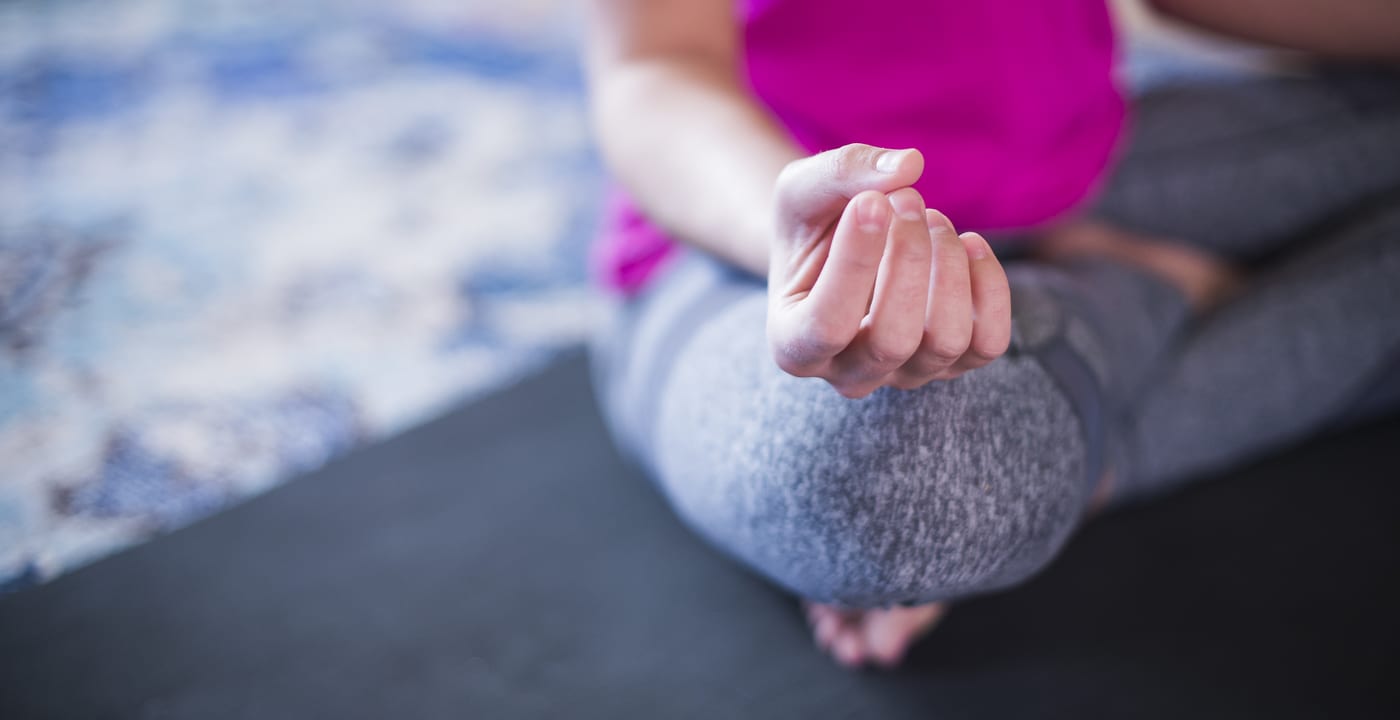Pelvic floor rehab 101: How to get started

At a glance
- Pelvic floor muscles are important for supporting the bladder, bowels and sexual health
- One treatment is pelvic floor rehab, or physical therapy for your pelvic floor muscles
- Kegels work great for some, but it’s important to do them correctly
Yes, your vagina deserves physical therapy, too.
Pelvic floor muscles are just like any other muscle group in the body. They are vitally important to the support of organs responsible for bladder and bowel function as well as sexual health and pleasure.
While some estimates say that nearly 1 in 4 women will suffer pelvic floor dysfunction during their lives, nearly 90 percent of Americans don’t even know it’s a problem.
“Peeing when you sneeze and frequent urination — as well as pelvic pain, such as painful intercourse — are things many women have accepted as a normal part of life or something that comes with aging,” says Jill Ghent, DPT, pelvic floor physical therapist with MultiCare Urogynecology & Pelvic Reconstructive Surgery in Tacoma. “There are several medical options that will dramatically improve quality of life, and most are covered by insurance.”
One of the least known treatments is pelvic floor rehab. The idea of doing physical therapy “down there” might make you blush, but it’s a very successful nonsurgical treatment that can change lives and relationships.
I’m not a woman who recently gave birth, so how does this apply to me?
Besides women who have pelvic floor complications from pregnancy and childbirth, Ghent sees patients of all ages, including those with painful intercourse that interferes with family planning.
Postmenopausal women benefit from the team approach that a physician and physical therapist can take through hormone therapy, teaching healthy habits and physical therapy to improve sexual function as their estrogen levels decrease.
And pelvic rehab isn’t limited to women. Ghent sees male patients who use physical therapy to treat urinary incontinence following prostate surgery and cyclists who suffer pelvic pain. Even men in high-stress jobs who sit all day can have pelvic floor issues.
How does pelvic floor rehab work?
It starts with an evaluation, where the therapist discusses symptoms, patterns and behavior. With permission, an internal vaginal and/or rectal exam will evaluate how the muscles are functioning (or not functioning).
From there the therapist will recommend a personalized program — including exercises or relaxation training — tailored to the individual’s condition. Exercises may include pelvic floor work such as kegels and core strengthening exercises using the hip rotators, abdominals and low back muscles. Electrical stimulation may be recommended to aid weak muscles in contraction.
Biofeedback, or using superficial sensors around the vaginal or anal muscles to produce an on-screen visualization, may help patients see how their pelvic floor muscles are responding.
Most therapy programs take a holistic approach, as diet and liquid modifications and other healthy habits may directly improve certain pelvic functions. Activities such as walking may be recommended for a postmenopausal patient who needs to also improve bone health.
How do I get started with pelvic floor physical therapy?
Ghent recommends starting with your primary care physician (PCP) or gynecologist to rule out any medical conditions. If you don’t have a PCP or have done this already, she will conduct the evaluation and recommend additional testing or services based on what she observes.
Most insurance plans will cover pelvic floor rehab without a referral, Ghent says. But since it varies by plan, you can speak to a referral coordinator in her practice to help navigate coverage and payment for your individual plan.
Why do I need physical therapy? Can’t I just do kegels?
Kegels work great for some conditions. The issue is that many women do them incorrectly (not contracting and coordinating the correct muscles; not doing the right amount of repetitions and not holding long enough). Research shows doing at least 25 contractions a day — with a mix of short, two-second contractions and longer holds of 10-15 seconds — is required to build strength.
Others have conditions that aren’t appropriately resolved by kegels. A physical therapist can evaluate what is happening to recommend the right plan for the individual.
Ghent does feel kegels are a useful exercise to keep your muscles healthy, even if you don’t have a pelvic floor condition right now. Here are her tips for avoiding the most common kegel mistakes.
DO:
- Squeeze/ contract the muscles as if you were stopping your pee
- Lift up and in
- Tighten your vagina
- Tighten the muscles as if you are trying to avoid passing gas
- Get into the habit of doing them during activities you do regularly, like brushing your teeth, talking on the phone or showering
DON’T:
- Bear down like you are having a bowel movement
- Hold your breath
Editor’s note: This article was originally published in 2018 and updated in May 2023.
What's next
- Call 253-301-5120 to schedule an appointment with Jill Ghent at MultiCare Urogynecology & Pelvic Reconstructive Surgery
- Find a urogynecologist
- Learn more about pelvic floor disorders



